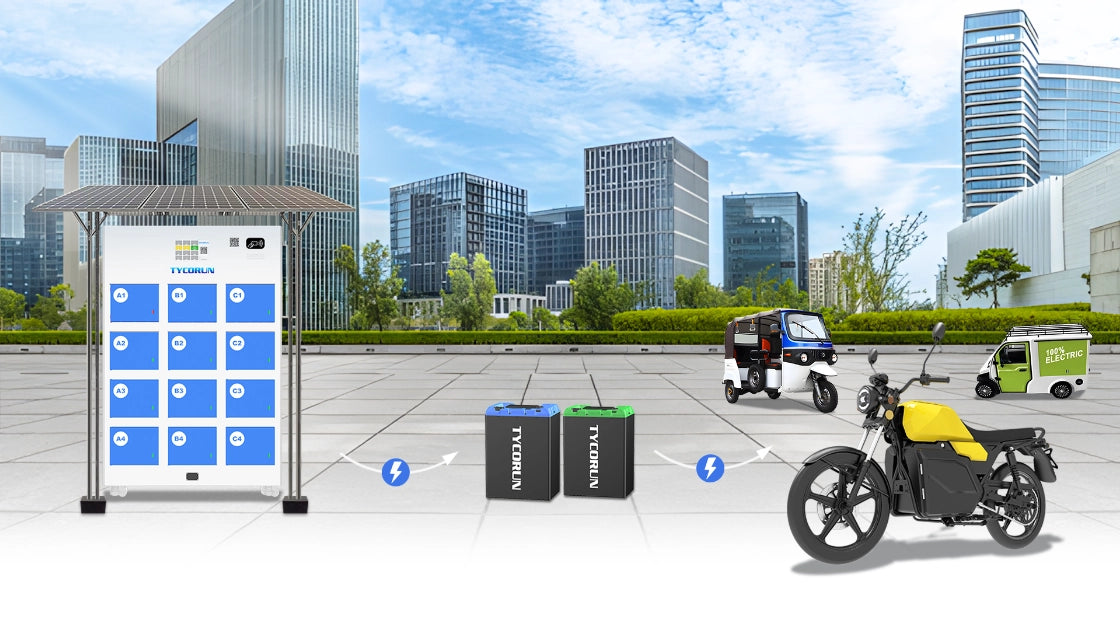
Main content:
Amidst the global energy transition wave, Latin America is gradually emerging. Recently, the battery energy storage system(BESS) del Desierto (desert energy storage power station) developed by Atlas Renewable Energy was officially completed and put into operation in the Mar a Elena municipal district of Antofagasta, Chile.
This 800 megawatt hour (MWh) energy storage plant, with an output capacity of 200 megawatts (MW), has become the first large-scale independent battery energy storage project in Latin America, marking an important step forward in the region's energy infrastructure upgrade.
The era of energy storage power stations is coming
This project is located at the Sol del Desierto photovoltaiv power plant site with a peak capacity of 244 megawatts (MWp), covering an area of over 3 hectares and equipped with up to 320 battery systems, with a total capacity of 800 MWh. It can annually deliver over 280 gigawatt hours (GWh) of clean energy to the Chilean national grid.
As of March 2025, Chile's operational energy storage capacity has reached 954MW/3660MWh, accounting for 48% of the 2030 2GW target, while the scale of ongoing and planned projects has reached 4.552GW, equivalent to 76% of the long-term target of 6GW by 2050.
The electricity provided by this project is equivalent to providing a total range of 500000 kilometers for about 2500 electric buses, providing a solid guarantee for Chile's promotion of green transportation. The core technology of the energy storage system adopts the PowerTitan liquid cooling control system from Sungrow.
This system has advantages such as efficient heat dissipation, precise control, and adaptability to extreme environments, making it an important support for ensuring the safe and efficient operation of BESS systems. This project is not only the first large-scale independent energy storage project in Latin America, but also demonstrates Chile's astonishing rise as a global energy storage industry highland.

Advantages of the appearance of BESS in Chile
Relieve the problem of electricity surplus
As the country with the richest solar energy resources in the world, Chile's photovoltaic installed capacity has jumped from less than 1GW in 2016 to 8.3GW in 2024, accounting for 23% of the country's total power generation installed capacity.
Chile, especially in the northern region, has abundant solar energy resources, and the local power grid transmission capacity can only absorb 50% of the electricity generation. The expected amount of abandoned electricity in 2024 is as high as 4.5 TWh, which is equivalent to one month of renewable energy generation in the country. According to statistics, Chile currently reduces up to 3 terawatt hours (TWh) of electricity annually, of which approximately 1.4 TWh is from photovoltaic power generation system.
This not only causes waste of clean energy, but also reduces the return on investment of renewable energy, inhibiting further development. The launch of BESS del Desierto will become a key facility to alleviate this bottleneck. The project will deliver an additional 280GWh of green electricity annually, directly reducing the curtailment rate in the northern region by 30%. This rigid demand has driven the Chilean energy storage market into a fast lane of development.
In March 2025 alone, two lithium battery energy storage projects were approved for environmental assessment, with a total scale of 400MW/1000MWh and a total investment of 538 million US dollars. By storing excess solar power during the day and releasing it in the evening or during peak electricity demand periods, the utilization efficiency of renewable energy has been significantly improved, providing a substantial solution to Chile's solar waste problem.

Promote green transportation
It is worth noting that this project not only serves grid regulation and electricity trading, but a portion of its electricity will be used to support the operation of 27 electric bus charging terminals in Chile. These terminal stations will provide stable and reliable power supply for the electric bus fleet in the urban public transportation system, further reducing carbon emissions in the transportation industry and enhancing the green travel experience of urban residents. The electricity sales of this project are guaranteed by EMOAC, the energy trading subsidiary of Chilean oil company COPEC, through a 15 year Power Purchase Agreement (PPA) to achieve the sustainability of the business model.

The synergy between the sun and the battery
BESS del Desierto is located within the Sol del Desierto site of Atlas' completed photovoltaic power project. Since its commissioning in 2022, this photovoltaic power station has been supplying green energy to northern Chile.
The newly added energy storage facilities not only improve the energy conversion efficiency of solar photovoltaic systems, but also provide a demonstration model for the future combination of solar energy and energy storage. By building a new energy structure that integrates light, energy, and storage, Chile is gradually establishing a more flexible, efficient, and clean power system, breaking away from dependence on fossil fuels and moving towards carbon neutrality goals.

Conclusion
The BESS del Desierto launched by Atlas Renewable Energy Company is not only an infrastructure project, but also a concentrated reflection of multiple processes such as energy structure upgrading, green transportation popularization, and gender equality participation in Latin America. The technical support, business model, and social impact behind it provide new reference models for energy development in Chile and even the entire Latin American region.
In the future, with the continuous evolution of energy storage technology and the strengthening of policy support, more similar projects will be launched in Latin America, injecting strong impetus into the global renewable energy goals of the southern world.
Related articles: Top 10 energy storage system companies of AC side in the world, Top 10 energy storage lithium battery companies in the world, Top 10 high-power PCS companies in the world in 2025
















